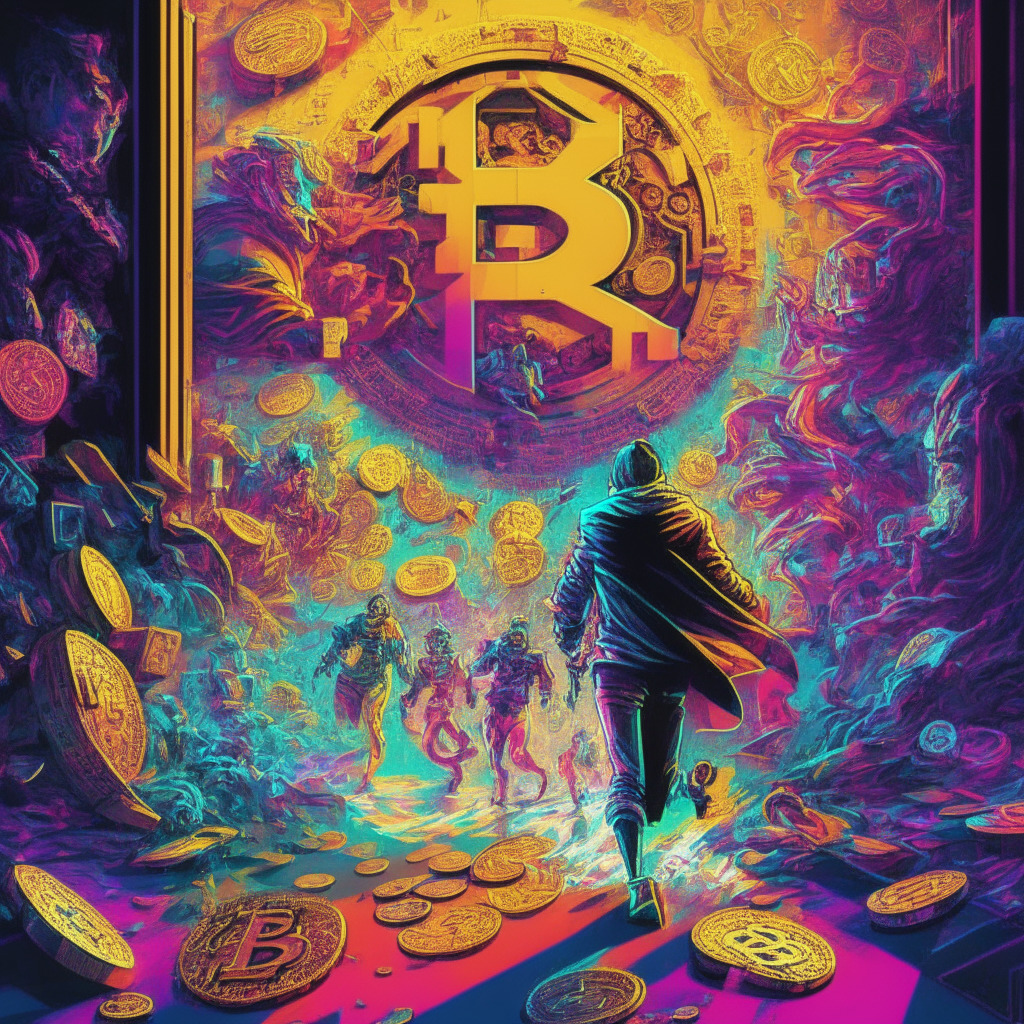The rise of “memecoins” in the crypto industry has sparked a new trend of speedruns, where enthusiasts compete to create and deploy entirely new tokens in the shortest amount of time possible. The term “speedrun” originates from the gaming community and refers to completing a game or level as quickly as possible. This trend has gained significant attention recently, with a viral video by digital artist Johnny Shankman (@whitelights.eth on Twitter) demonstrating the process of creating and deploying a new token called “EASY_MONEY” in just 27 seconds. This record was subsequently beaten the very next day, with a new time of 22.45 seconds.
Shankman’s video showcases the ease with which new tokens can be created using a program called Contracts Wizard, developed by crypto cybersecurity firm OpenZeppelin. The software generates code for an ERC-20 token with just a few clicks, enabling users to incorporate various features into their token creations. Following the generation of the token code, they can then employ an application called Remix to compile the smart contract and deploy the token on a chosen blockchain network. In Shankman’s video, he opts for deploying his EASY_MONEY (EZ) token on the Ethereum testnet for educational purposes, emphasizing that the token is not intended for actual speculation.
The increasing popularity of memecoins and speedruns highlights a growing trend within the crypto ecosystem. New tokens, such as the Pepe-themed memecoin, have seen their value surge by more than 5000% since their inception, fueling interest in the creation and promotion of these digital assets. However, this phenomenon raises questions about their legitimacy and overall impact on the cryptocurrency market, as these rapid creations may contribute to an increase in volatility and speculative risk-taking. Additionally, it is worth noting that some speedrun creators may have ulterior motives or scams in mind when sharing their token deployment processes.
As this trend continues to evolve, awareness and skepticism should be exercised when engaging with memecoins and other speedrun-based projects. While the creation of new tokens may seem easy and lucrative, caution is paramount to ensure a sustainable approach to the rapidly changing landscape of the crypto market. As Shankman himself pointed out, he would not be buying a token someone else created that shares the same name as his explanatory video project. This serves as a reminder for all crypto enthusiasts to conduct thorough research, verify the legitimacy of projects, and approach memecoin investments with a discerning eye.
Source: Cointelegraph




